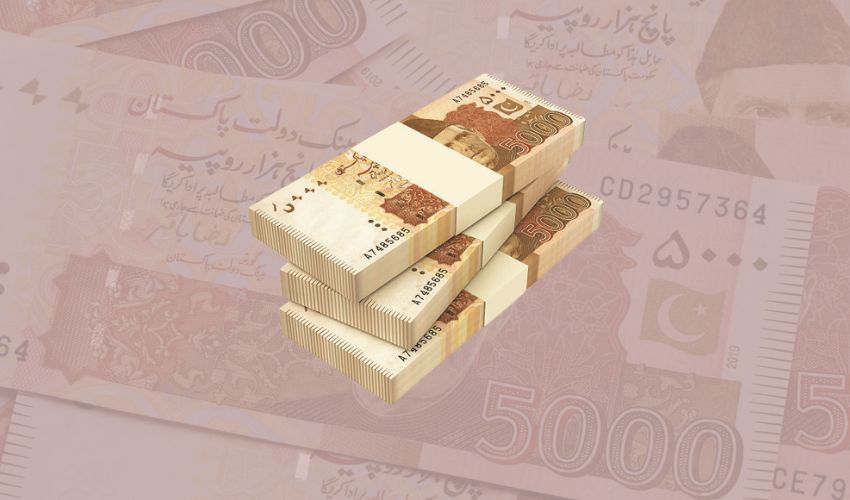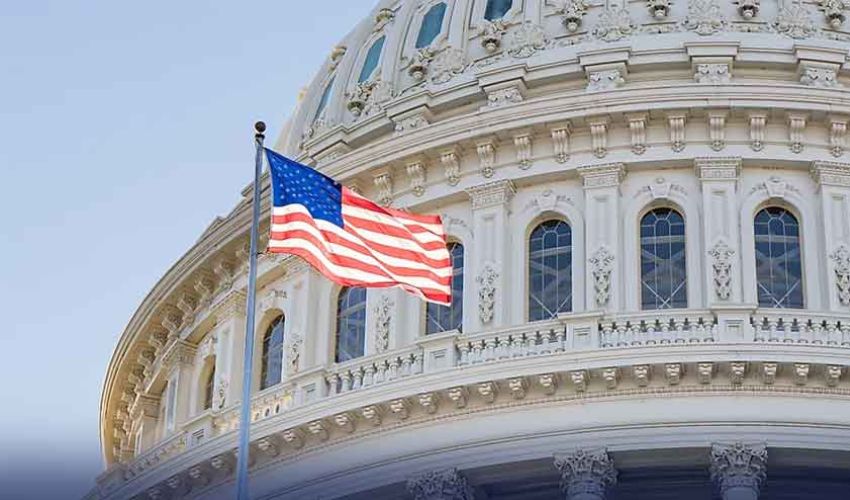Pakistan is in a bit of a pickle. Its largest denomination banknote is the Rs5,000 note, but the country is also experiencing significant inflation. So, should Pakistan discontinue the Rs5,000 note? And if so, what are the potential consequences?
While banknotes are not the sole cause of an economic crisis, they are an integral part of a country's monetary system and can be affected by and affect the economic crisis.
The size of a country's circulating banknotes can affect its economy in various ways. Big notes like Rs5000 can be both good and bad, depending on how they're used. Whether they should be banned or not depends on the specific economic conditions and government policies of that country.
Economic crises often prompt changes in currency design, denomination, and circulation as governments and central banks attempt to respond to the challenges posed by the crisis.
If Pakistan were to demonetize its Rs5,000 note, it would have significant economic and social implications.
For those unversed, there is a direct relationship between a country's ongoing economic crisis and its banknotes. The design, issuance, and value of banknotes can be influenced by and, in turn, influence the economic situation in a country facing a crisis.
Pros and cons of large-denomination banknotes

Well, let's start with the pros of discontinuing the Rs5,000 note. One pro is that it would make it harder for people to carry around large sums of cash. This could help to reduce crime, as criminals would be less likely to be able to steal large amounts of money.
Another pro is that it could help to reduce inflation. This is because when there are fewer high-value banknotes in circulation, it becomes more difficult for people to spend money. This can help to slow down the rate of inflation.
However, there are also some potential cons to discontinuing the Rs5,000 note. One con is that it could make it more difficult for people to do business. This is because some businesses, such as real estate agents and car dealerships, often deal in large sums of money. If the Rs5,000 note is discontinued, these businesses would have to find other ways to pay their employees and customers.
Another con is that it could make it more difficult for people to save money. This is because people who want to save large sums of money often do so by depositing it in banks. If the Rs5,000 note is discontinued, people would have to find other ways to save money, such as buying gold or investing in stocks.
How circulating banknotes affect the economy
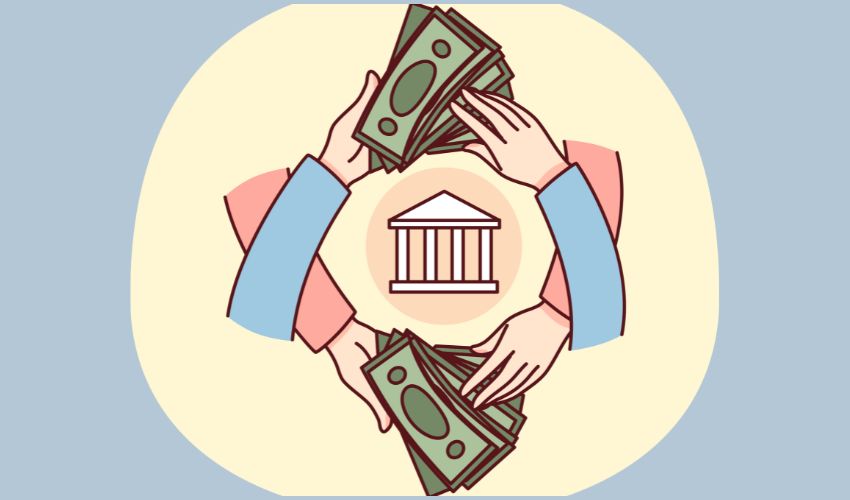
Imagine a country's economy as a giant game of buying and selling things. People use money (like banknotes) to play this game. Now, here's how the size of banknotes can affect the game:
Convenience: Smaller banknotes, like Rs10 or Rs100 in Pakistan, are handy for everyday transactions. You use them to buy groceries, pay for a taxi, or grab a quick snack. They make daily life easier.
Bigger Purchases: Sometimes, people need to make bigger purchases like a TV, a car, or a house. This is where larger banknotes, like Rs5000 in Pakistan, can be helpful. They allow you to carry less paper money for big transactions.
Inflation: If a country prints too much money, it can lead to inflation. Imagine if everyone had tons of Rs5000 notes, and the government kept printing more. Prices would rise because there's too much money chasing too few goods. So, having a balance of different banknote sizes is essential.
Big Notes (e.g., Rs5000) - Good or Bad?
Good for convenience: Rs5000 notes can be handy for significant purchases or emergencies. It means you don't have to carry a massive stack of smaller notes.
Bad for illegal activities: Large denominations can also be misused for illegal activities like money laundering or tax evasion. Criminals may prefer using big notes because they're easier to transport.
Influence on inflation: If the government prints too many big notes, it can contribute to inflation if they get into circulation quickly.
Should Rs5000 notes be banned or demonetized?
This decision depends on the country's economic situation and government policies.
Benefits of banning: Banning Rs5000 notes might curb illegal activities and make it harder for people to hoard large sums of money. It can also help control inflation if too many big notes are in circulation.
Drawbacks of banning: Banning big notes can inconvenience people who legitimately use them for significant transactions. It could also lead to a shortage of cash for those who rely on these notes.
Alternative solutions: Instead of an outright ban, the government could limit the issuance of Rs5000 notes and closely monitor their circulation to prevent misuse.
What is Demonetization?
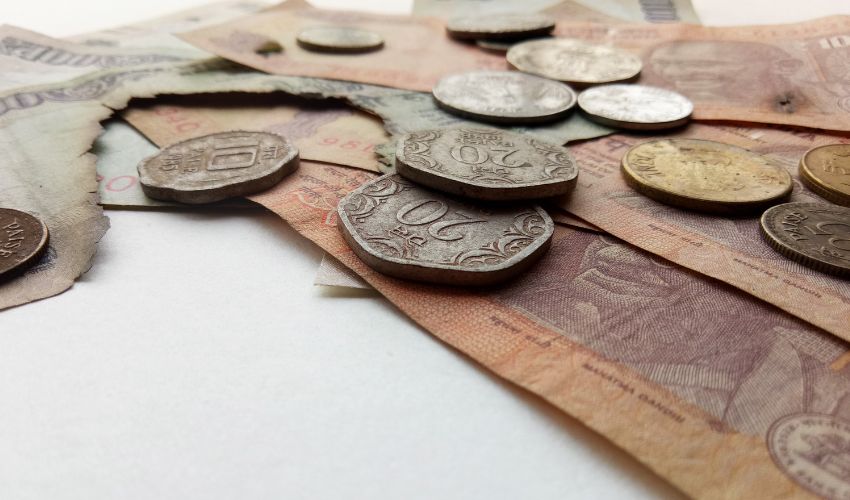
Demonetization is a government policy that involves invalidating a specific denomination of currency and replacing it with a new one or withdrawing it from circulation altogether.
In an attempt to control an economic crisis, governments may choose to demonetize certain banknotes, rendering them invalid. This can be done to combat black money, tax evasion, or to introduce new, more secure currency. The demonetization process itself can have economic and social implications.
Here are some potential consequences:
Impact on black money: One of the main reasons governments implement demonetization is to curb black money (undeclared or unaccounted wealth). If a high-denomination note like the Rs5,000 note is demonetized, people holding large amounts of unaccounted cash may face difficulties in converting it into legal currency.
Cash shortages: In the short term, there could be a shortage of cash in the economy as people rush to exchange or deposit their Rs5,000 notes. This can lead to long queues at banks and ATMs, and some individuals may face temporary liquidity problems.
Impact on cash-intensive sectors: Certain sectors of the economy, such as real estate and luxury goods, which often deal with large cash transactions, may experience a slowdown as demonetization can make it harder to use large sums of cash for these transactions.
Economic disruptions: The immediate aftermath of demonetization can disrupt economic activities as people adjust to the new currency denominations and payment methods. Businesses may experience reduced sales and production as consumers cut back on spending.
Impact on inflation: The impact on inflation can vary depending on the specific circumstances. In the short term, if there is a shortage of cash and a slowdown in economic activity, it can put downward pressure on prices. However, in the long term, if demonetization leads to greater financial transparency and tax collection, it can contribute to stable economic growth.
Counterfeiting: High-denomination notes are often targeted by counterfeiters. Demonetizing the Rs 5,000 note could reduce the circulation of counterfeit currency in the country.
Social impacts: Demonetization can affect different segments of society differently. It can be especially challenging for those who rely heavily on cash transactions, such as daily wage laborers and small businesses. The government may need to implement measures to support these vulnerable groups during the transition.
Long-term effects: The long-term impact of demonetization depends on how well it is managed and the extent to which it achieves its objectives. It can contribute to greater financial transparency, increased tax compliance, and a more formalized economy if executed effectively.
Why do countries abandon their banknotes?
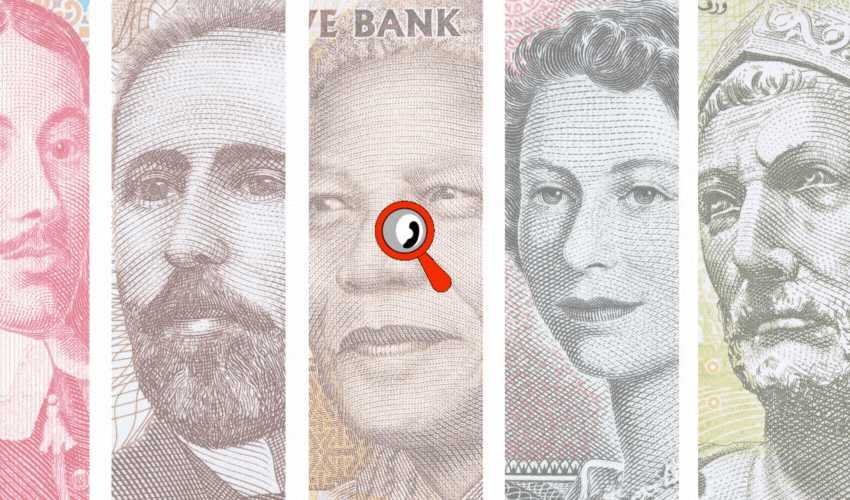
Countries may choose to abandon their banknotes for various reasons, and these reasons can vary depending on the specific circumstances and economic conditions of each country.
Some common reasons for countries abandoning their banknotes include.
Reduce crime: It can make it harder for criminals to move and store large amounts of cash.
Encourage banking: People may be more likely to use banks, which can promote economic stability.
Reduce inequality: Removing big notes can make it fairer for everyone to participate in the economy.
Whether banning or demonetizing big notes is a good idea depends on a country's specific circumstances and goals. It's a complex issue, and governments carefully consider the pros and cons before making such a decision.
Here are some examples of how circulating banknotes have affected the economy in different countries:
In India, the government banned the 500 and 1000 rupee notes in 2016 in an effort to combat corruption and counterfeiting. This move led to a short-term disruption in economic activity, and was seen as a failure because 99% of the currency in circulation made its way back to the banks. Also, the move hurt small and medium enterprises that had to shut down due to a cash crunch in the initial months, leading to productivity and job loss.
In Zimbabwe, the government issued a 100 trillion dollar banknote in 2008. This was done in an attempt to address hyperinflation, but it only made the problem worse. The Zimbabwean dollar eventually collapsed, and the country switched to using the US dollar.
In the United States, the government has not issued a large-denomination banknote since 1969. This is because there is no perceived need for such a banknote. The US dollar is a stable currency, and there are other ways to make large transactions, such as wire transfers and checks.
Ultimately, the decision of whether or not to issue a large-denomination banknote is a complex one that should be made on a case-by-case basis.





